The history of car keys
The automobile industry has gone through 137 years of history since Karl Benz invented the first three-wheeled carriage in 1885. In the development of the entire automobile industry, the evolution of car keys is indispensable. Car keys have roughly undergone 3 major changes: the mechanical age, the electronic interconnection age, and the biometric age.
1. The Machine Age
1) Shake handle
Although it is very simple and has no special security properties, it is true that without it, you cannot drive the car away. There's a lot of banter about it now, but as a startup tool, it really can be called a key.

2) Mechanical key
The mechanical key is the first car key in the true sense. Unlocking the car door with a mechanical key is the original way of unlocking the car door. The reliable and simple mechanical structure makes it still exist on the vehicle to this day. This kind of key is completely identified according to the matching degree of the key mechanism. The principle is the same as the door lock key that everyone uses now. The challenge of mechanical keys is the precision of machining, and the precision of machining determines the security of the key.
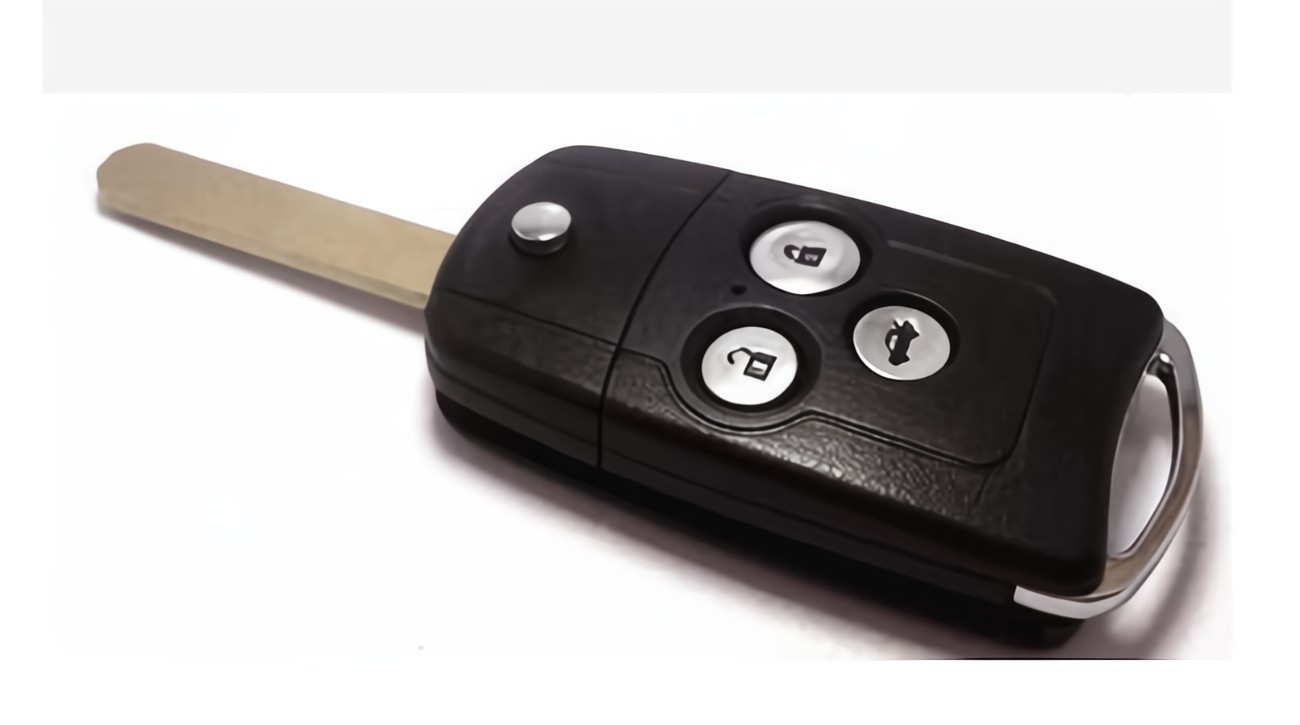
The mechanical key mainly relies on the mechanical structure to realize the safety certification such as starting and unlocking the car. Because the precision of machining limits its security, especially in today's rapid development of manufacturing technology, it is extremely easy to replicate such keys. Moreover, the key mutual opening rate caused by the problem of machining accuracy is its natural defect and is unavoidable. However, the stability of the mechanical structure is irreplaceable by the electronic system, and the mechanical key is still widely used in the vehicle as a backup key.
2. The era of electronic interconnection
1) Engine immobilizer system
Although with the continuous efforts of mechanical engineers, the mechanical tooth shape of the key and the anti-duplication technology of the key blade are constantly developing, but it is still difficult to meet the anti-theft needs of the car as a valuable item. Automotive engineers began experimenting with introducing electronic authentication in keys. The engine immobilizer system came into being. When the following icon appears in the instrument, it means that the key and the vehicle have completed a dialogue without you noticing it, and the engine has completed the authentication of the key. The engine management system has determined that the key is the key of the vehicle .
At the moment when the key is inserted, the magnetic field formed by the coil near the lock hole will cause the passive device (TP) in the key to induce a current and excite it to transmit a signal to the outside world. At the same time, the coil will return the sensed signal to the controller and establish communication with the engine. After the engine is confirmed, it will start normally. Otherwise, you can only hear the sound of the engine 'pit pit pit', but the engine cannot be continuously The operation of the engine has to marvel at the ingenious design of the engine anti-theft system.

2) Fold key
Since this stage, the circuit design on the key has surpassed the general mechanical design, and PCB and MCU have become the standard configuration of the key.
At this stage, the function of the key is already button-based. The remote control function can be easily realized through the button.
With the popularity of electronic signal authentication, the work of stealing cars has also become a technology flow. It used to be a hammer to go around the world, but now car thieves have to learn some expertise in signal blocking and stealing. The struggle between good and evil, Tao and demon will never stop.
Hyundai Motor Group's unique multi-authentication encryption and vibration sensor sensing technology guarantees safety, which also highlights its ultimate pursuit of safety and reliability.
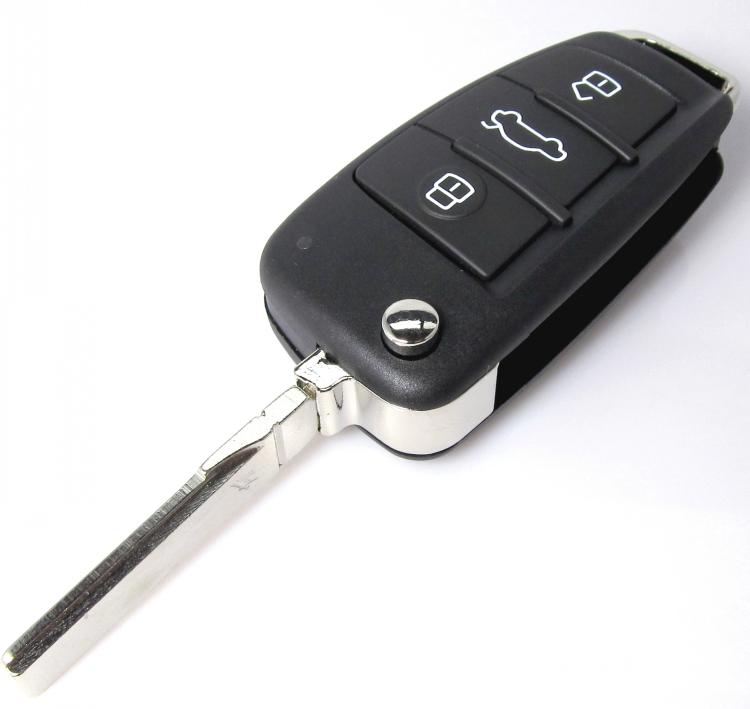
3) Smart key system (FOB)
The ultimate pursuit of convenience is insensitivity, that is, all (key unlocking) authentication has been completed automatically without the user having any feeling. The several unlocking methods mentioned above all need to take out the physical object to operate, whether it is to rotate the key hole or the key button. However, the emergence of the technology of the smart key system is somewhat revolutionary. It reduces the presence of the car key as an object like never before. Because of the smart key system, keyless entry is possible. Users only need to carry the car key on their body to open the door and start the vehicle directly.
Its basic working principle is that the controller drives the low-frequency antennas all over the vehicle to continuously search for the key. When the key senses the search signal, it will reply to the electronic key of the key. When the controller is successfully matched, the key will automatically obtain the vehicle. the operating authority of the car.
Convenience is manifested in two aspects, one is the convenience of function operation, the other is the convenience of function availability, the smart key system is the convenience of function operation, and the remote operating system of the vehicle is a typical representative of the convenience of function availability.
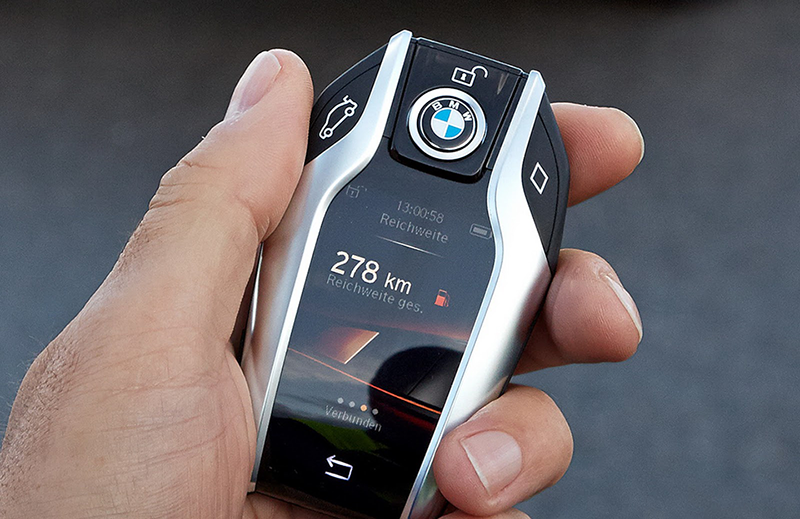
4) Remote control (Telematics)
The popularization of telecommunication networks has changed people's concept of time and space. For people far away, a video call can realize instant communication, which was unimaginable decades ago. The popularization and advancement of the same infrastructure provides more possibilities for vehicle manipulation. For example, users can easily start the car, adjust the air conditioning, and even prepare their favorite music before going out.
Hyundai Motor Group has taken the lead in the development of the vehicle remote control system a long time ago. Corresponding to the Chinese market, this technology has been distributed to more models and widely used. Even ordinary small vehicles, users can choose this technology configuration. The Bluelink and UVO systems developed for remote control have been proven by numerous consumers.
The user only needs to issue an instruction on the mobile phone APP, the server background will confirm the user's identity, and send the user's command to the vehicle through the wireless communication network to realize the control of the vehicle.
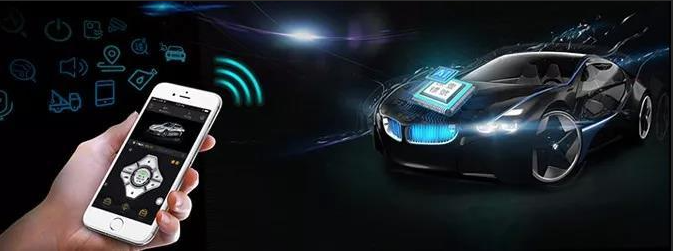
5) Digital key
With the gradual popularization of digital technology, BLE (Bluetooth Low Energy Digital Key) came into being. Just install the app on the phone, and the phone can take on the role of a smart key. Compared with the smart key, the BLE system expands the operating space of the vehicle, the range can reach 100m, and also avoids the problem of the need for communication network blind spots. All authentications are carried out only between the mobile phone and the vehicle, and various functions such as vehicle entry and exit, engine start and shutdown, and vehicle information viewing can be easily realized through the mobile phone menu. Also supports sharing keys with family and friends. And can choose the authorization time period and function. All of these greatly improve the convenience level of user operations. Users no longer have to send keys from thousands of miles away, and can also know the current status of the user's vehicle in real time.
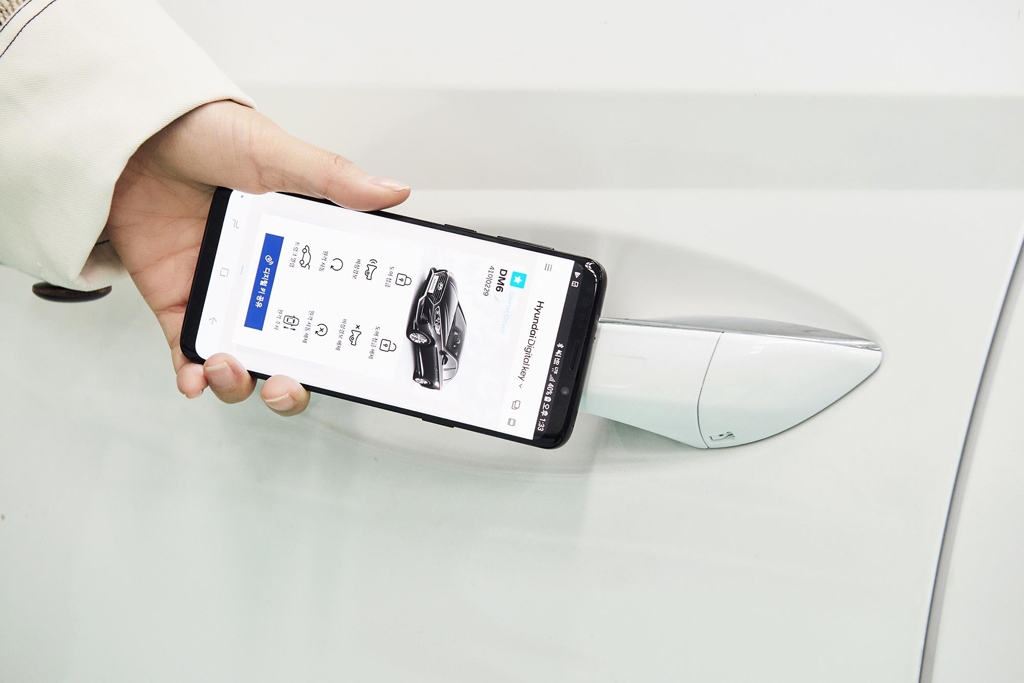
Of course, the digital key is not limited to BLE technology, including NFC, fingerprint, and face, which can be used as authentication information.
It seems that the technology has developed to this point, and the form of the key is not so important anymore. Everything that is private can be used for authentication. In ancient times, there were tiger talismans and seals, and now it may be the radio waves of just a few milliseconds. But these are all foreign objects. You need to carry keys with you, and your mobile phone needs to be online, but human biometrics will always be with you. Voiceprints, faces, and iris recognition methods that only existed in science fiction movies before have been quietly applied in reality.







